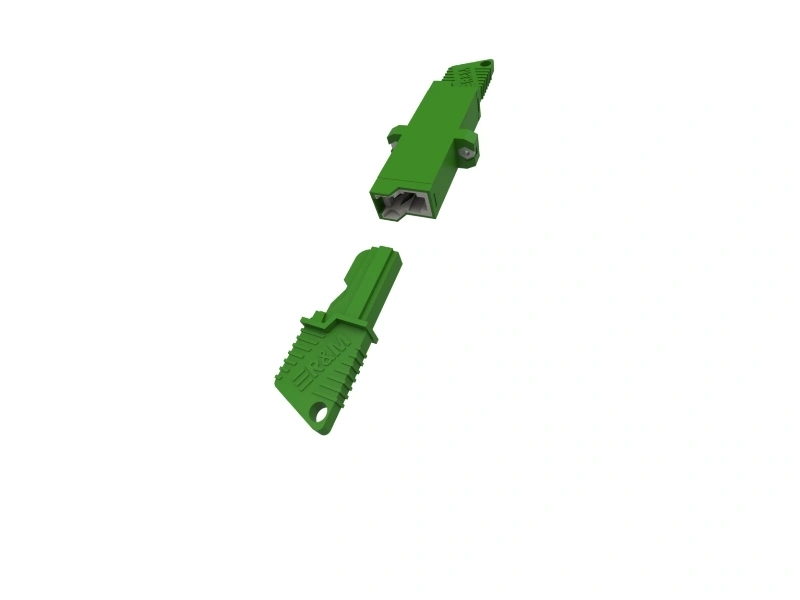Understanding the Essential Components of Fiber Optic Technology

Fiber optic adapters play a crucial role in the transmission of high-speed data through optical fiber cables. These small devices are designed to connect two fiber optic connectors together, ensuring a secure and efficient connection. By examining pictures of fiber optic adapters, we can gain a deeper understanding of their features, types, and applications.
The Different Types of Fiber Optic Adapters
There are various types of fiber optic adapters available, each designed to cater to specific fiber optic connectors. Some of the common types include:
- LC-LC Adapter: These adapters are used to connect two LC connectors, which are ideal for high-density applications.
- SC-SC Adapter: SC adapters are widely used due to their excellent performance and versatility. They connect two SC connectors.
- ST-ST Adapter: ST adapters are commonly used in multimode networks and allow for easy installation and removal of connectors.
- MPO-MPO Adapter: MPO adapters are used in high-density environments and provide quick and reliable connections between MPO connectors.
Applications of Fiber Optic Adapters
Fiber optic adapters find applications in various industries and sectors. Some of the common uses include:
- Telecommunications: Fiber optic adapters are essential in establishing reliable connections between telecommunication equipment, such as routers, switches, and optical transceivers.
- Data Centers: In data centers, fiber optic adapters are used to connect optical fibers to networking equipment, ensuring seamless and high-speed data transmission.
- Broadcasting: The broadcasting industry heavily relies on fiber optic adapters to maintain signal integrity and provide fast and efficient transmission of audio and video signals.
- Medical Field: Fiber optic adapters are widely used in medical equipment, such as endoscopes and surgical instruments, where high-quality imaging and precise data transmission are critical.
Features and Benefits of Fiber Optic Adapters
Fiber optic adapters come with several features and benefits, making them essential for modern communication networks. Some of these include:
- Compatibility: Fiber optic adapters are designed to be compatible with various fiber optic connectors, allowing for flexibility in network configuration.
- Durability: These adapters are constructed using high-quality materials, ensuring long-lasting performance even in harsh environments.
- Low Insertion Loss: Fiber optic adapters have low insertion loss, meaning that they minimize signal loss during transmission, resulting in improved network performance.
- Easy Installation: They are easy to install and can be quickly connected or disconnected, making maintenance and configuration hassle-free.
In conclusion, by examining pictures of fiber optic adapters, we can grasp a comprehensive understanding of their types, applications, and benefits. These small but crucial components play a significant role in establishing reliable and fast connections within various industries, contributing to the advancement of modern communication networks.



